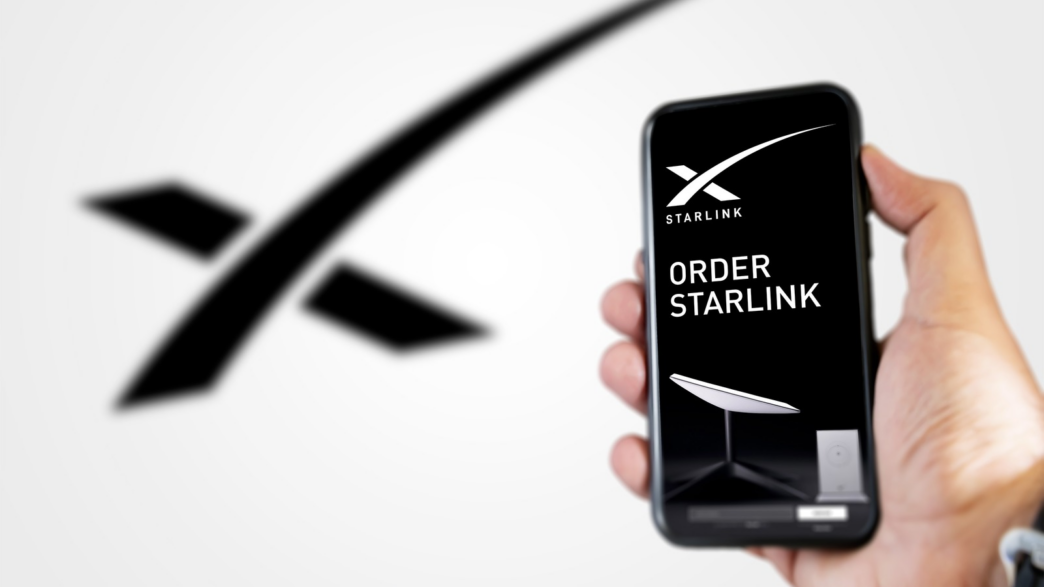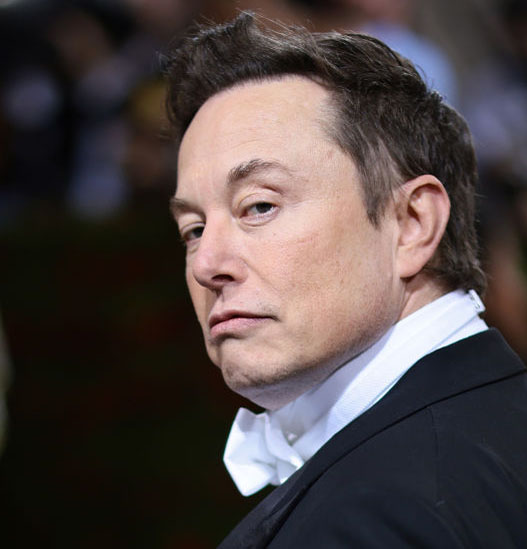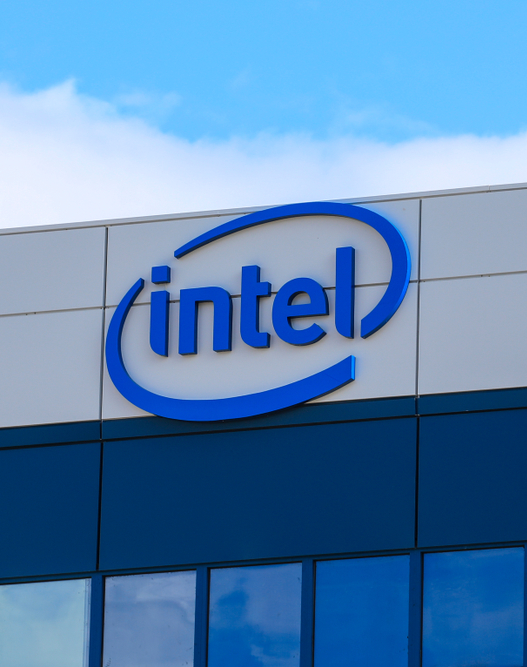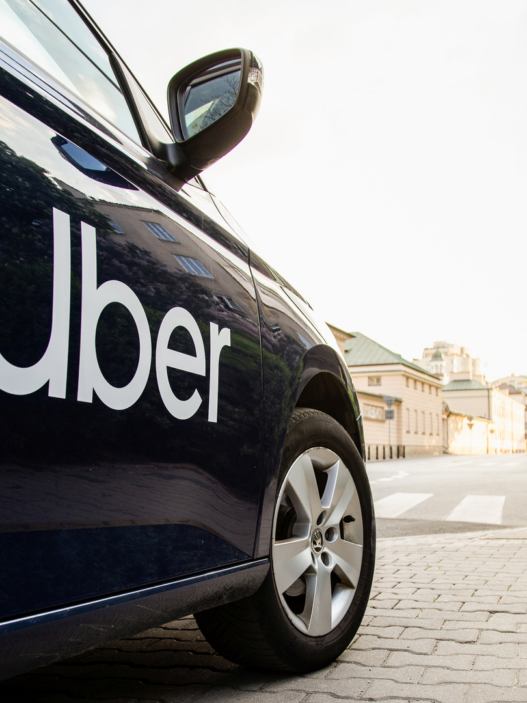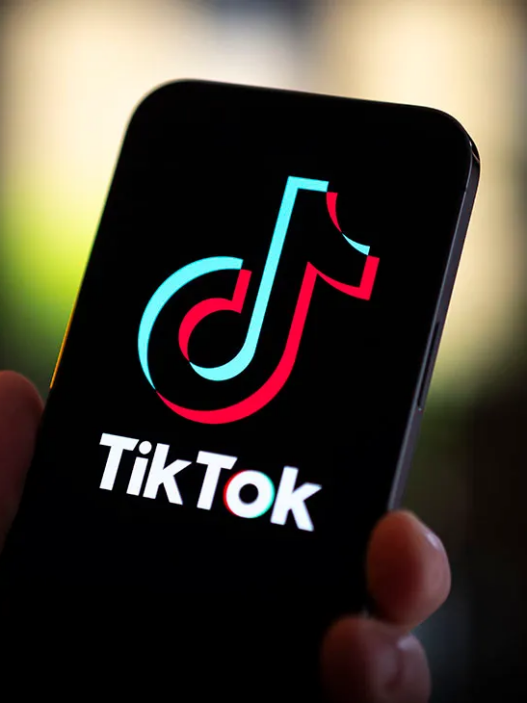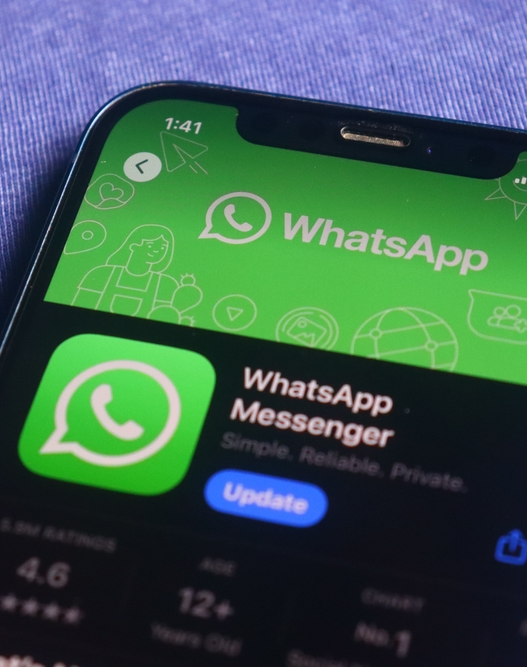The Federal Communications Commission (FCC) has given SpaceX the go-ahead to proceed with plans to offer a direct-to-phone version of its Starlink satellite internet service, in partnership with T-Mobile, subject to certain conditions.
Proposal Background
The initiative was first announced in the summer of 2022 when SpaceX and T-Mobile expressed their intent to enable T-Mobile’s customers to access Starlink services directly on their phones. They anticipated launching the service in 2023, but regulatory approval has only now been secured at the end of 2024.
Market Entry Advantage
This approval represents a significant milestone for Starlink, allowing it to enter the US market ahead of competitors like Lynk, an existing direct-to-phone satellite provider, which has satellites in orbit but no US commercial partners. SpaceX will utilize specific wireless bands, in collaboration with T-Mobile, to enable communication for customers with compatible devices.
However, as the companies’ leaders highlighted at the announcement, the challenge extends beyond just obtaining approval. They must overcome significant engineering hurdles to connect a phone to a satellite functioning as a “cell tower” at a distance of hundreds of miles and moving at thousands of miles per hour. SpaceX has already demonstrated the feasibility by successfully completing a video call six months ago. The FCC has also allowed direct-to-phone connections during emergencies like Hurricanes Helene and Milton, providing better access to emergency services in affected areas.
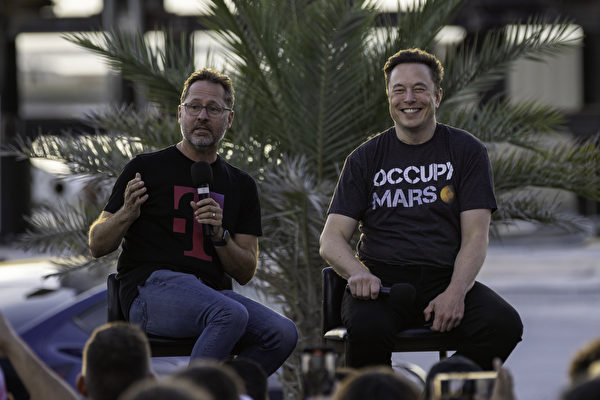
FCC’s Stance
The FCC’s filing (as reported by Bloomberg) underscores the clear benefits of this service:
We find that SpaceX and T-Mobile’s SCS operations will yield many benefits, including an increase in access to emergency services in areas where consumers would otherwise not have the capability to access a terrestrial network to call or text 911, as evidenced, for example, through SpaceX’s provision of emergency SCS in areas affected by Hurricanes Helene and Milton.
Service Limitations
The service, termed “supplemental coverage from space” (SCS) by the FCC, must currently operate as an extension of an existing terrestrial provider, in this case, T-Mobile. This is due to different regulations for broadcasting signals in space versus from a phone to a base station antenna. Meanwhile, AT&T has partnered with AST SpaceMobile for similar services.
SpaceX must ensure its service does not interfere with ground services, while ground services are not required to consider potential interference with satellite signals.
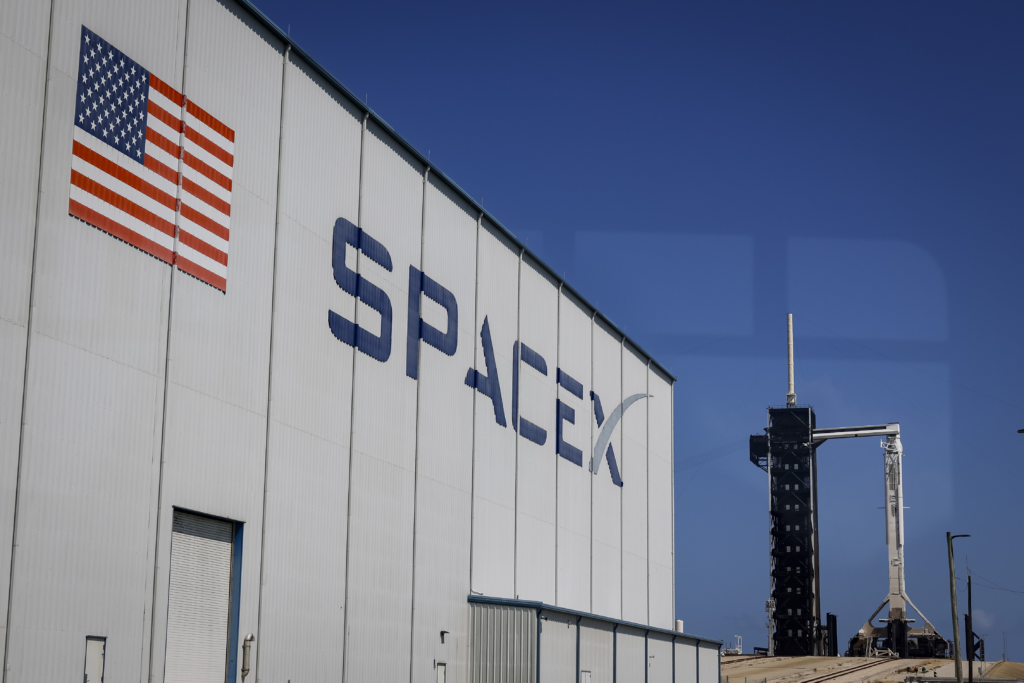
Technical Considerations
Regarding latency and signal strength, altitude plays a crucial role — and Starlink operates at 530 km. Fortunately, the FCC has permitted SpaceX to operate its remaining 7,500 approved satellites at altitudes of 340, 345, 350, and 360 kilometers. These altitudes are close to the lower limit of the International Space Station’s orbit (370 kilometers), necessitating coordination with NASA for any deployment below 400 km.
It’s worth noting the numerous objections filed by potential competitors to Starlink, such as Amazon’s Kuiper, DISH, Omnispace, and TerreStar, which likely aimed to delay the approval process. However, the FCC was not swayed by many of these objections, or was content with SpaceX addressing the issues through appropriate remedies.
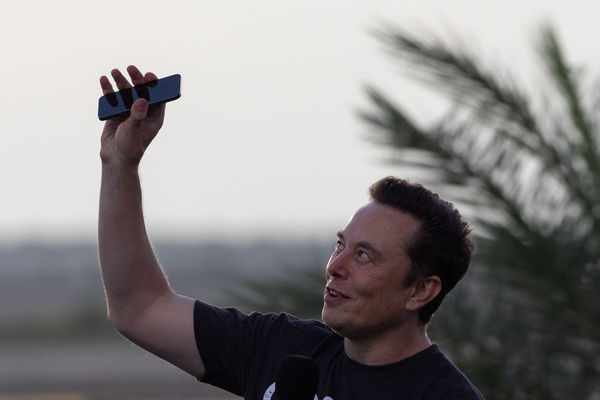
Future Outlook
With this approval, the era of “no signal” may soon be behind us. Many stakeholders in this field prioritize universal access for emergencies over exclusive access for entertainment purposes like streaming Netflix at events like Burning Man. However, the filing does not specify when SpaceX and T-Mobile will launch the service or the associated costs.








